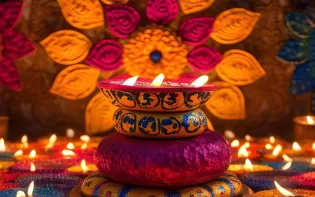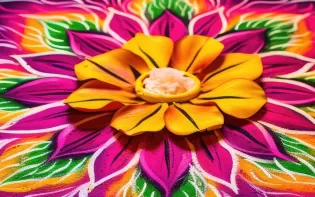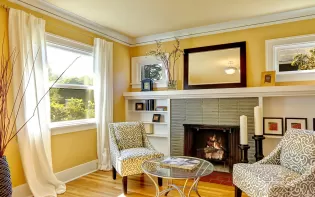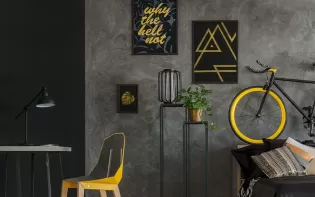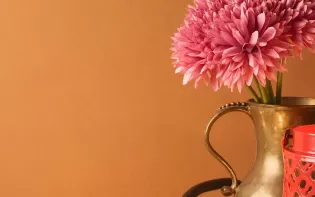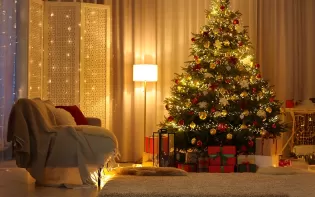
Red And Green Colour Combination
Discover two colour combinations to add a dynamic touch to your space.
Red And Green Colour Combination
Disclaimer: Actual wall paint colour applied may differ from the on-screen representation above. Please confirm your colour choices prior to purchase by viewing a physical colour shade card or a painted sample.
Still confused ? Explore all our shades from our colour catalogue

Create Your Dream Home With Our Painting Experts
Fill the form below to book a free site evaluation by Nerolac Nxtgen painting Services expert
Unique Two Colour Combinations to Try
Experiment with these beautiful two colour combo and transform your space
Red and Green Colour Combination for Walls & Decor
The red and green colour combination sits across from each other on the colour wheel, so it brings instant contrast and clarity. When handled with restraint, careful tones, controlled proportions, and the right finishes, the colour combination of red and green feels fresh, natural, and sophisticated rather than seasonal.
This guide follows a clear flow so you can plan walls, accents, and lighting with confidence, while keeping spaces calm and livable.
Best Uses of Red and Green Colour Combination
A good starting point is to let green carry more visual weight and use red as a controlled accent. In living rooms, a pippin or serpentine on the main walls can steady the eye; a single red moment, a vivacious red, lychee soda, or flamingo wings, adds definition.
Bedrooms respond well to pistachio nut or evergreen eucalyptus paired with rose bush or coral textiles; the palette reads restful, not loud. Dining zones feel welcoming with earthy greens on walls and red dragonfruit through seating upholstery or art.
Throughout the home, natural materials-wood, jute, stone, linen-act as "quiet buffers," helping a red-green colour combination settle into everyday life.
To maintain colour clarity, consider purpose-built finishes. For broad interior walls where you want a calm, even envelope, Beauty Little Master Sheen offers a refined, good-sheen look.
For ceilings, where it's critical how strong colours read, Nerolac Beauty Ceiling helps keep light bounce neutral and uniform.
Suppose one architectural surface needs extra depth. In that case, a premium interior emulsion like Nerolac Excel Mica Marble Strech & Sheen Super can give reds or deep greens a clean, elegant presence.
Stylish Colour Combination of Red and Green in Design
Think in undertones first. Warm greens (olive, moss, khaki) pair comfortably with warm reds (terracotta, coral, chilli). Cooler greens (mint, teal, emerald) align better with berry or ruby.
Scale is next: walls and large surfaces do best in quieter greens; red works harder in smaller doses-joinery fronts, a statement chair, a rug border, or artwork.
Finally, use finish to guide mood: matte or low-sheen on large planes to reduce glare; soft silk or eggshell on trims and doors to add a gentle lift that frames your colour combination red and green.
Exploring Red and Green Colour Palettes
An earthy route might combine olive walls, terracotta, sand-toned rugs, and oak or walnut furniture, grounded and adaptable to Indian daylight. A modern route could pair forest or emerald with a clearly defined ruby accent, balanced by crisp whites and charcoal details.
For softer schemes, pistachio walls with dusty rose or blush accents keep things bright yet calm. Whatever you choose, test generous swatches on two different walls and view them morning and evening; light temperature and direction can swing a red green colour palette warmer or cooler than expected.
Red and Green Mix: What Colour Does It Make?
In paint (subtractive mixing), red combined with green typically neutralises, producing brownish or greyish tones because complementary pigments cancel intensity. In light (additive mixing), red and green light combine to yellow.
This difference explains why a green wall can appear warmer under warm LEDs and why a red accent can soften under cool daylight. Knowing which system you're dealing with helps you predict how the combination of red and green colour will behave across the day.
Understanding the Colour Result of Mixing Red and Green
Pigment choice and ratio decide where the mix lands on the brown-to-grey axis. A warm red blends into a warm olive, leaning brown; more superb reds meeting bluish greens inch towards neutral grey.
Complete mixing reduces saturation, but layering can create nuance: a thin red glaze over green joinery, or vice versa, can yield a mellow, "lived-in" depth without repainting everything.
If you plan bold walls, keep ceilings clean and even so hues remain honest; that's where a ceiling-specific paint such as Nerolac Beauty Ceiling can support a combination of red and green that feels crisp, not heavy.
Creative Ideas with Red and Green Mix Colours
Use a two-tone wall: lower band in olive, upper band in warm off-white; bring in red via a single chair, lamp, or framed print so the red with green combination feels curated, not crowded.
Let pattern do the blending: a botanical textile that threads both hues can tie a room together while the main walls stay calm.
Tips to Use Red and Green Without Overpowering a Space
1. Choose a dominant colour: Use green on walls or furniture, and add red as an accent through cushions, decor, or art pieces. This keeps your red and green colour combination stylish, balanced, and easy on the eyes.
2. Match undertones: Warm with warm, cool with cool. Undertone alignment is the quickest route to cohesion in any red and green colour palette.
3. Mind proportions: A 60-30-10 distribution (base-secondary-accent) keeps the color combination of red and green focused and functional.
4. Balance with neutrals: Stone, linen, rattan, and mid-tone woods dilute intensity, so rooms with red green colour combinations stay livable.
5. Light for accuracy: Warm LEDs flatter terracotta and coral; neutral lighting keeps greens true. Test at night as carefully as by day.
6. Finish with intent: Matte or low-sheen on big planes; soft sheen on trims; use a ceiling-specific finish to stabilise the scene. Products like Nerolac Beauty Smooth (walls) and Nerolac Beauty Ceiling can help maintain clarity across changing light.
FAQs on Red and Green Colour Combinations
Trending Colour Shades
Find the Perfect Colour Shades for you walls
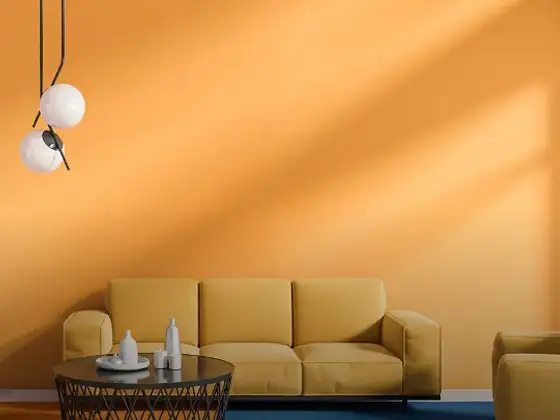
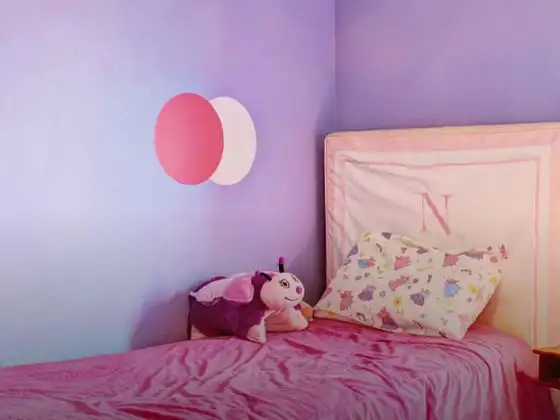
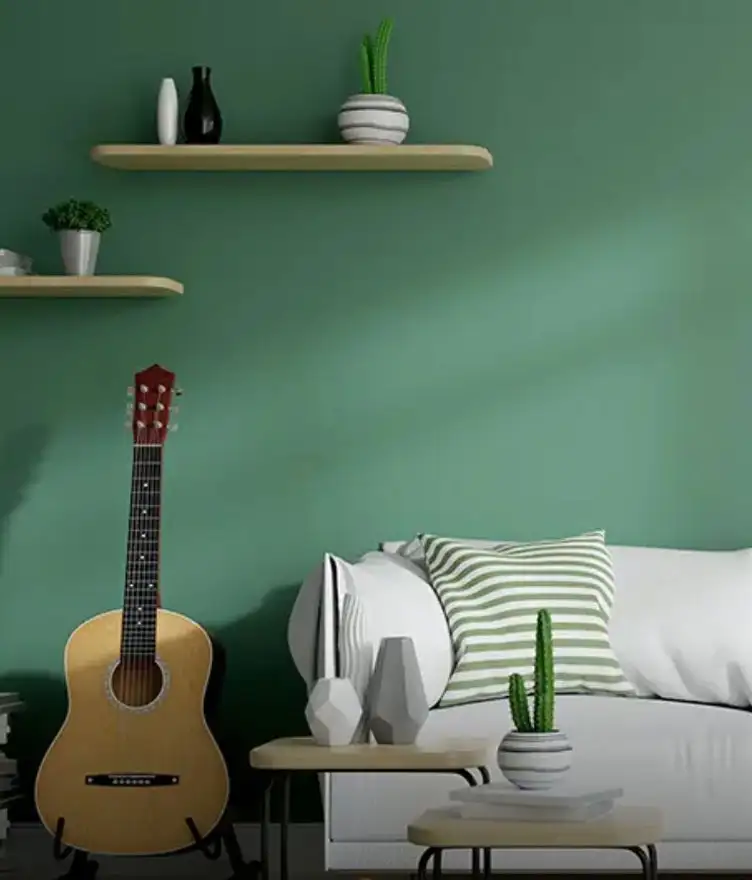
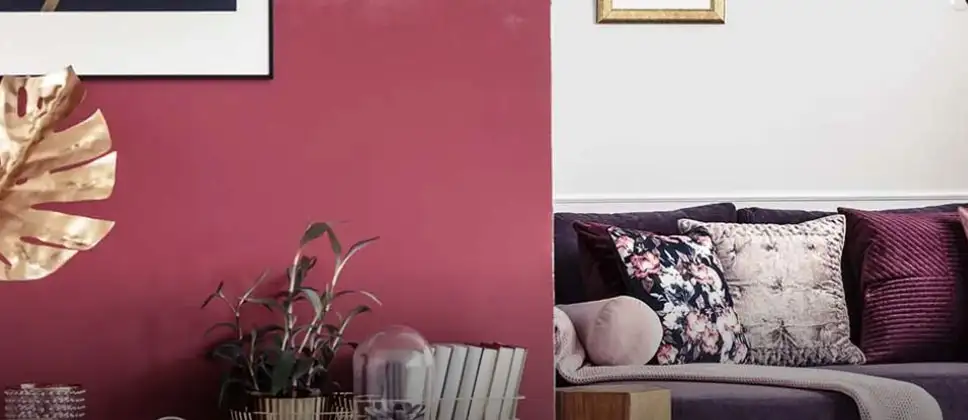
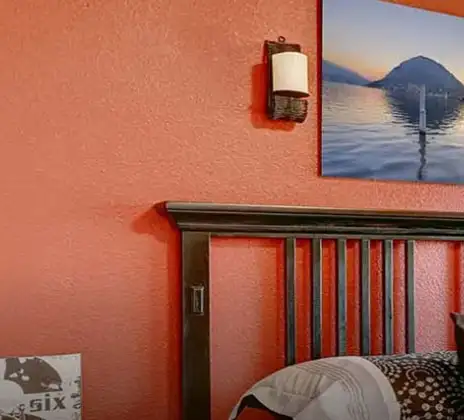
Frequently Asked Questions
Create magic with our inspiring Two Colour Combinations!
-
Orange And Lilac Colour Combination
-
Red And Brown Colour Combination
-
Yellow And Blue Colour Combination
-
Yellow And Green Colour Combination
-
Yellow And Orange Colour Combination
-
Yellow And Red Colour Combinations
-
Orange And Brown Colour Combination
-
Orange And Gold Colour Combination
-
Orange And Grey Colour Combination
-
Orange And Cream Colour Combination
-
Orange And Peach Colour Combination
-
Orange and Red Colour Combination
-
Orange And Purple Colour Combination
-
Orange And Pink Colour Combination
-
Orange And White Colour Combination
-
Orange And Neutral Colour Combination
-
Orange And Beige Colour Combination
-
Orange And Violet Colour Combination
-
Orange And Blue Colour Combination
-
Orange And Green Colour Combination
Get in Touch
Looking for something else? Drop your query and we will contact you.
Popular Searches
-

Get in Touch Get in Touch -

Store Locator Store Locator -

Download App Download App
Get in Touch
Looking for something else? Drop your query and we will contact you.




